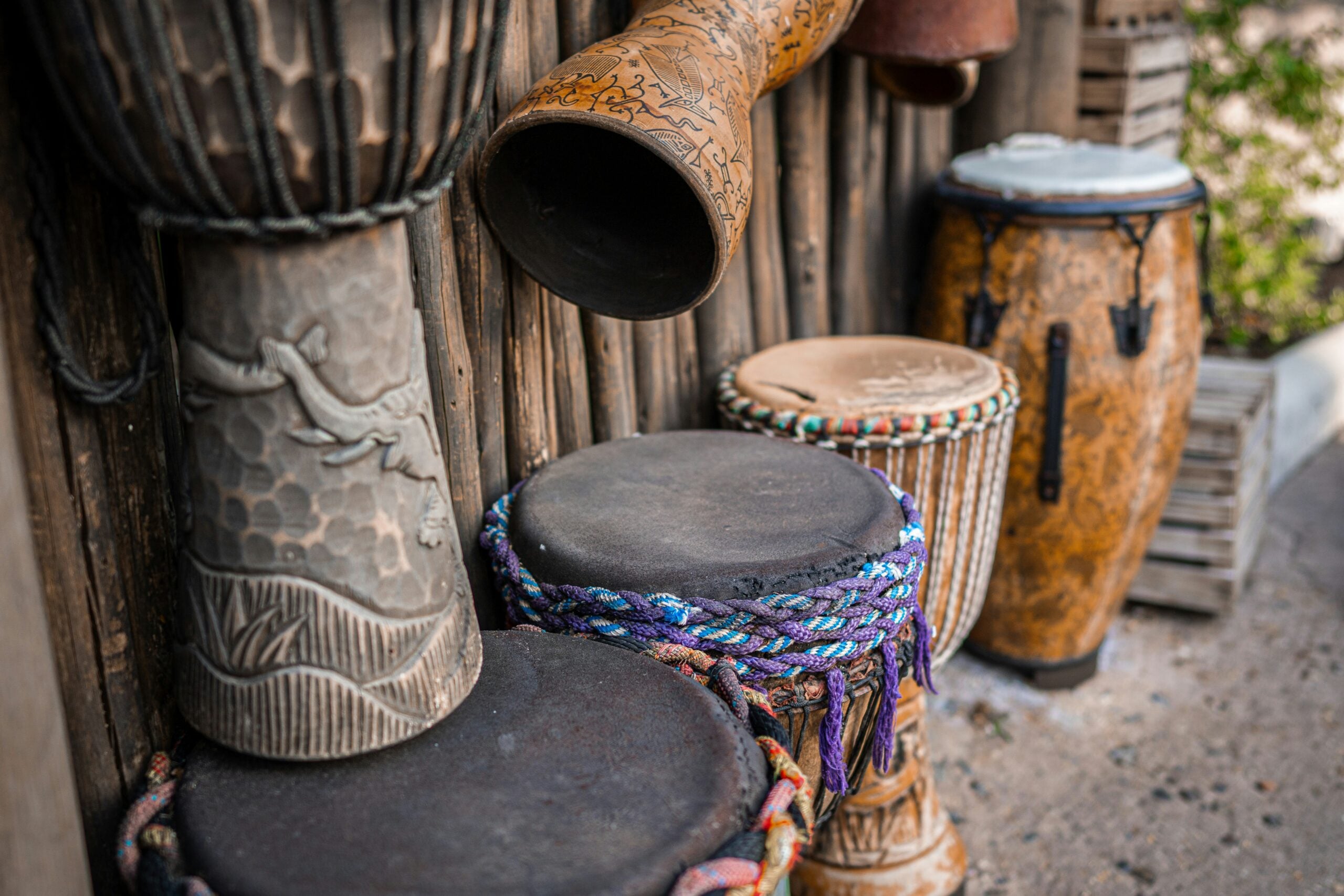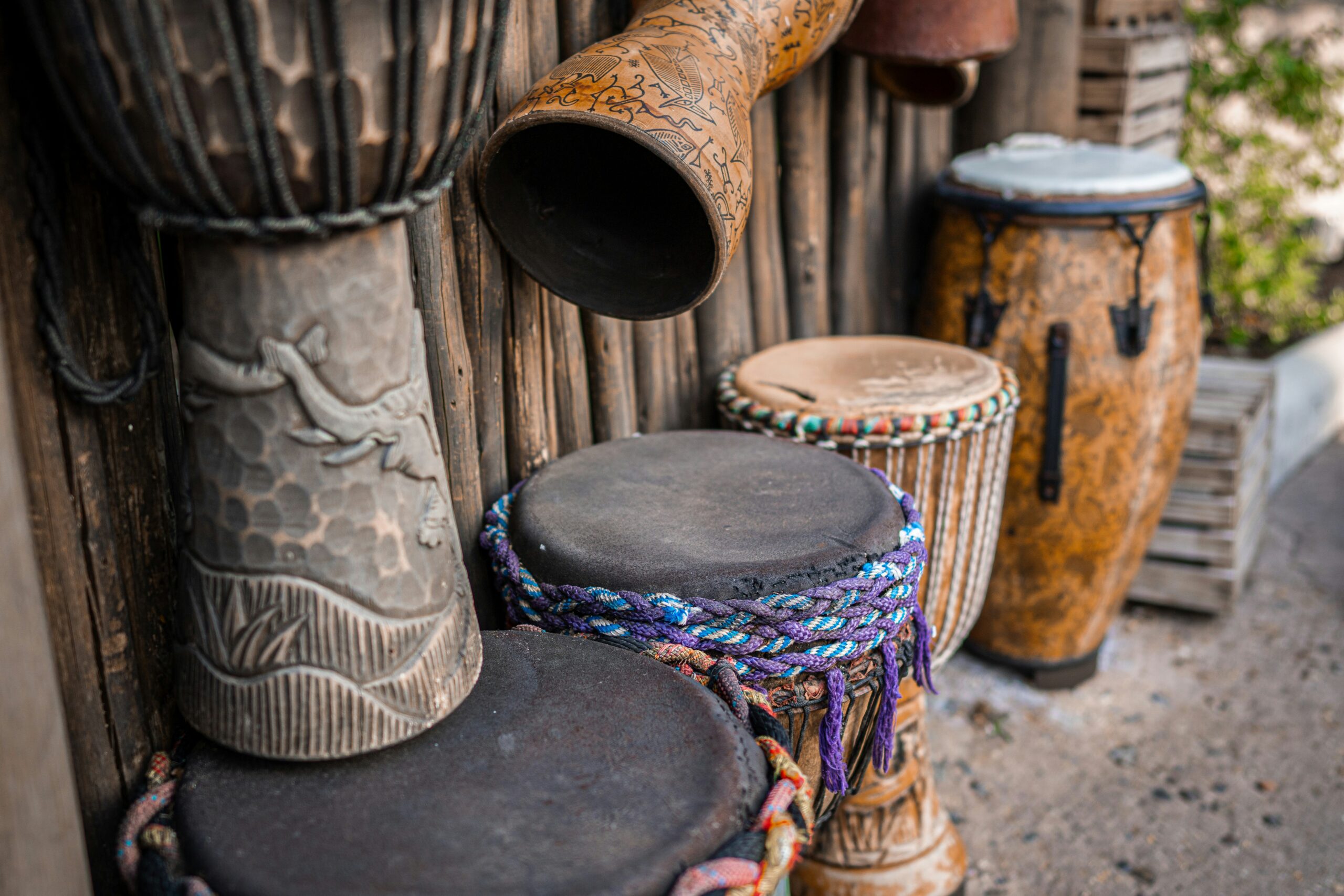Playing the djembe is more than just hitting a drum—it’s about rhythm, technique, and cultural respect. Whether you’re a beginner or looking to refine your skills, learning to play an authentic djembe requires proper hand positioning, timing, and an understanding of traditional African rhythms.
Getting it right can make all the difference in creating deep, resonant sounds. This blog will cover five essential tips to help you play the djembe authentically.
1. Understand the History and Cultural Significance
The Djembes is a hand drum from West Africa, often played in ceremonies, celebrations, and storytelling. It is believed to have originated over 800 years ago with the Mandé people of Mali.
Traditionally, djembes were made from carved wood and goatskin, and played by skilled drummers to bring people together. The drum’s name comes from the Malinke phrase “Anke djé, anke bé,” meaning “everyone gathers in peace.” Understanding this helps you respect the drum’s cultural roots.
2. Choose the Right Djembe
Traditional djembes are made from hardwood and have goat-skin heads, producing a deep, warm sound. Synthetic djembes are lighter, more durable, and weather-resistant, making them great for beginners or travel.
The size of the drum matters too—larger djembes give deeper bass, while smaller ones are easier to carry.
In order to achieve a clear tone, the rope tensioning system ought to be sufficiently tight, but it should not be so stiff that it is uncomfortable to play. If possible, test different djembes before buying one.
3. Master Basic Hand Techniques
The djembe produces three main sounds: bass, tone, and slap. By striking the center of the drum with a flat hand, the bass is a sound that is deep and complex.
The tone is higher-pitched, played by striking the drum’s edge with fingers together. Allowing the fingers to snap against the drumhead produces the most piercing sound, which is referred to as the slap.
Practicing these separately and then mixing them in rhythms will help you develop a strong, balanced sound. Start slow and focus on control before increasing speed.
4. Play with Proper Posture and Positioning
Good posture helps you play comfortably and avoid injury. Sit on a stable chair or stool, keeping your back straight and shoulders relaxed. The djembe should rest between your legs, tilted slightly forward to let sound escape. Your hands should be loose, and movement should come from the wrists, not just the arms. If standing, use a strap to hold the drum steady.
5. Maintain Your Djembe
Taking care of your djembe helps it last longer and sound better. Keep it in a dry place to prevent the wood from cracking. If your drum has a natural skin head, avoid leaving it in direct sunlight or damp areas, as changes in moisture can affect the tension.
Tighten the ropes if the sound becomes dull, but do so gradually to avoid breaking the skin. Clean the drum with a soft cloth, and use natural oils to protect the wood.
Refine Your Authentic Djembes Playing Technique
Keep improving your skills and exploring the rich rhythms of the djembe. With dedication and practice, you can master traditional techniques and develop your unique style.


